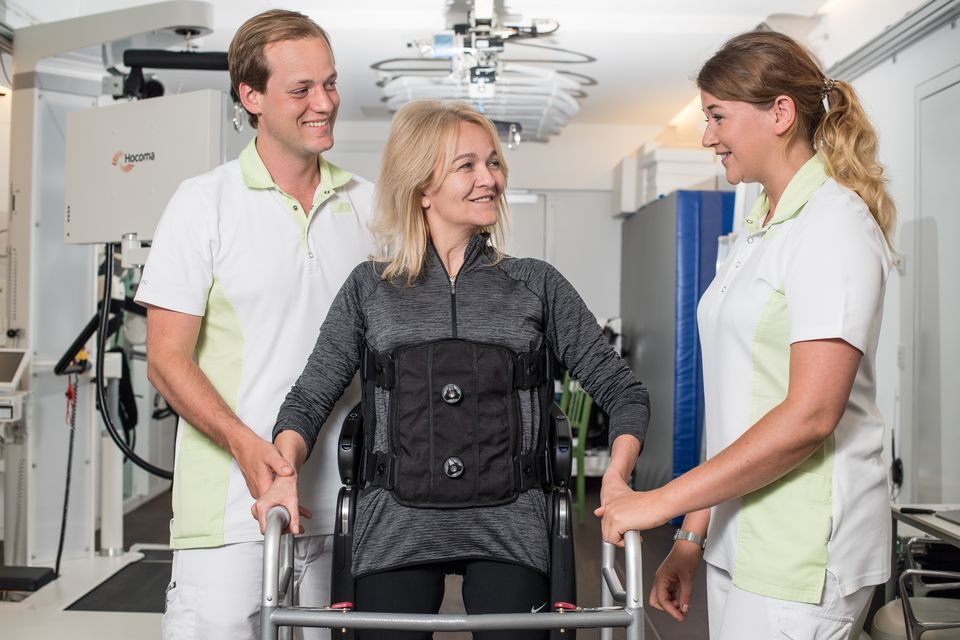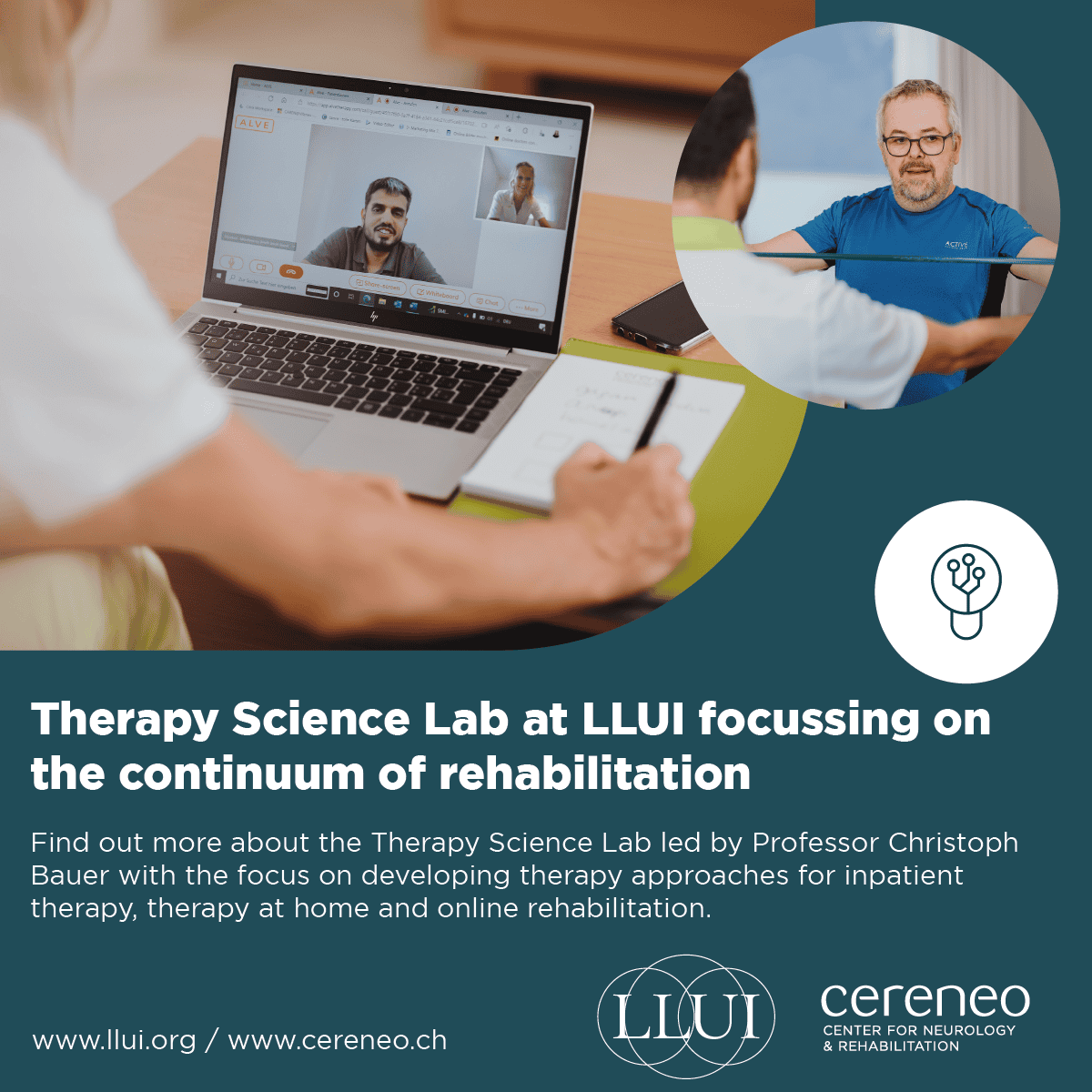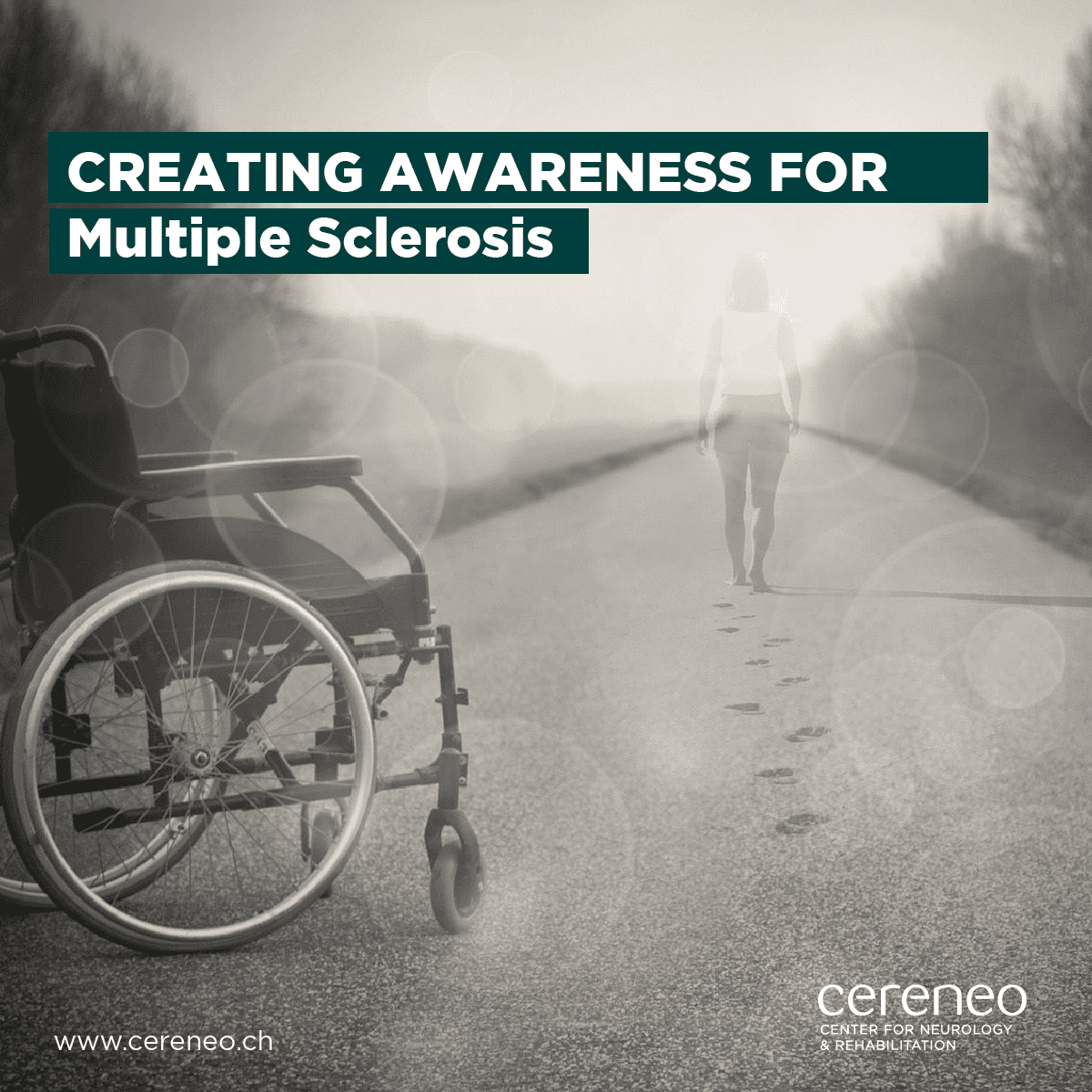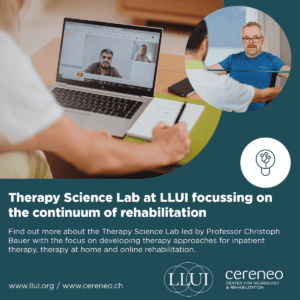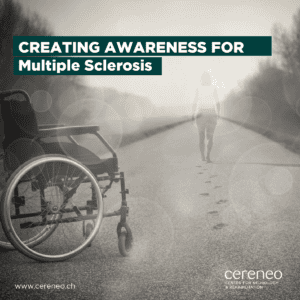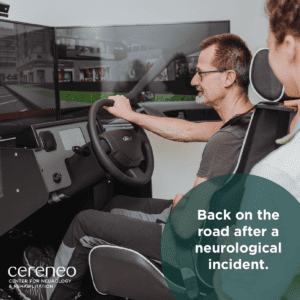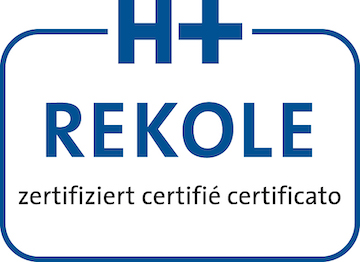Movement deficits training is based on forced use and massed practice. Depending on the degree of the paresis or motor deficit we initially focus on the patient’s passive range of motion, followed by active exercises to stimulate muscle activity (closed chain postural reflex exercises, e.g. bridging) and progress to semi-open and open chain voluntary muscle control (e.g. reaching movements). This is followed by more complex functional motor patterns and progresses to complete tasks.
As tasks become more complex, they require more cognitive and visual abilities. We therefore combine neuropsychological and visual training with movement training as the patient progresses. Throughout these stages, motor exercises progress in difficulty and repetitions to maintain a high learning stimulus. We train as intensely as the patient can.
Intensity is usually limited by two factors: motivation and cardiorespiratory fitness. Motivation is specifically addressed and optimised by the entire team including nursing care which includes elements of reward, feedback and well-being. Fitness is measured using spiroergometry and if low, trained using heart rate-controlled medical training therapy. For selected patients transcranial DC stimulation (tDCS) or magnetic stimulation (TMS) is used as an aid to facilitate brain learning processes.
